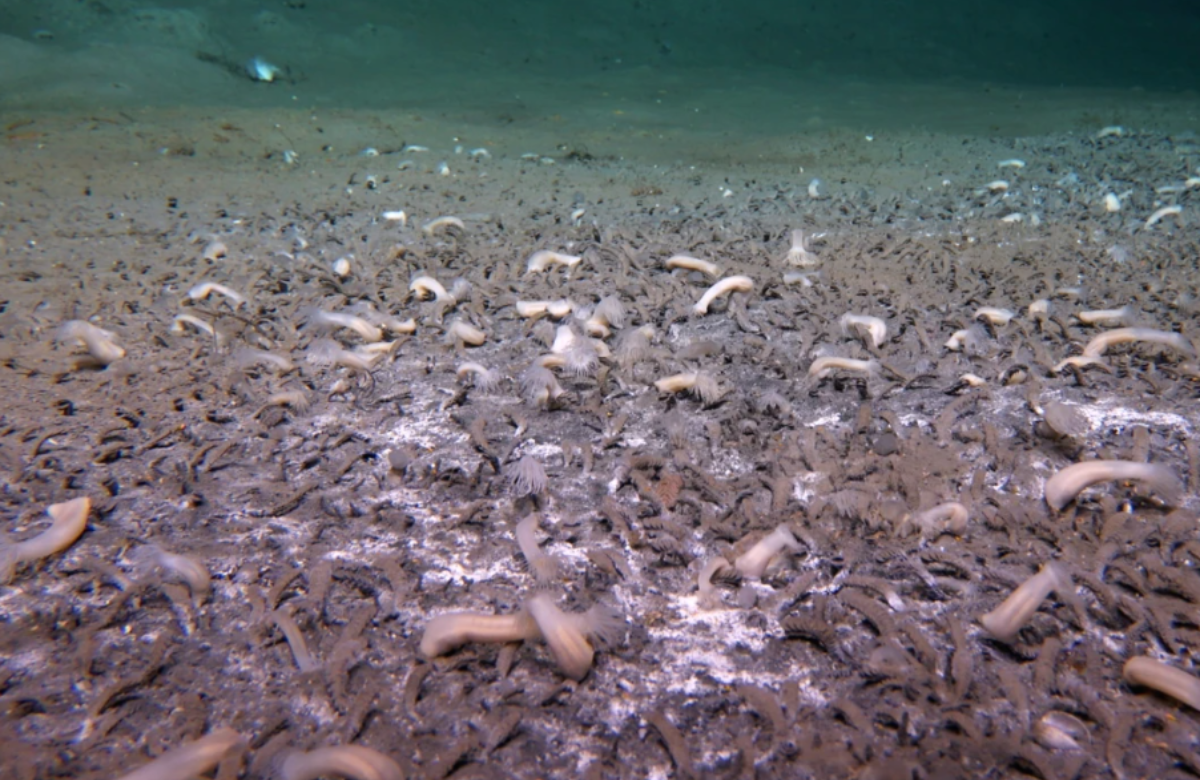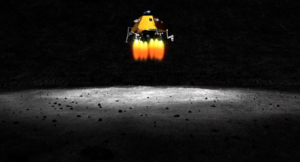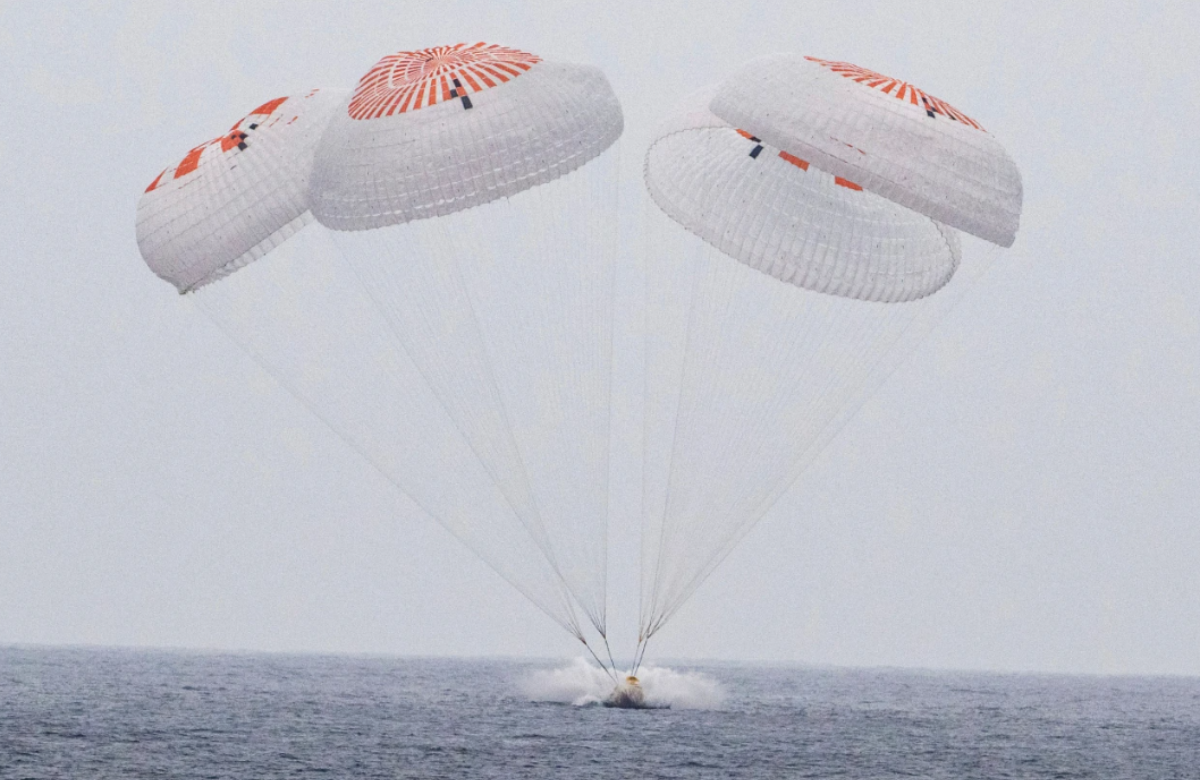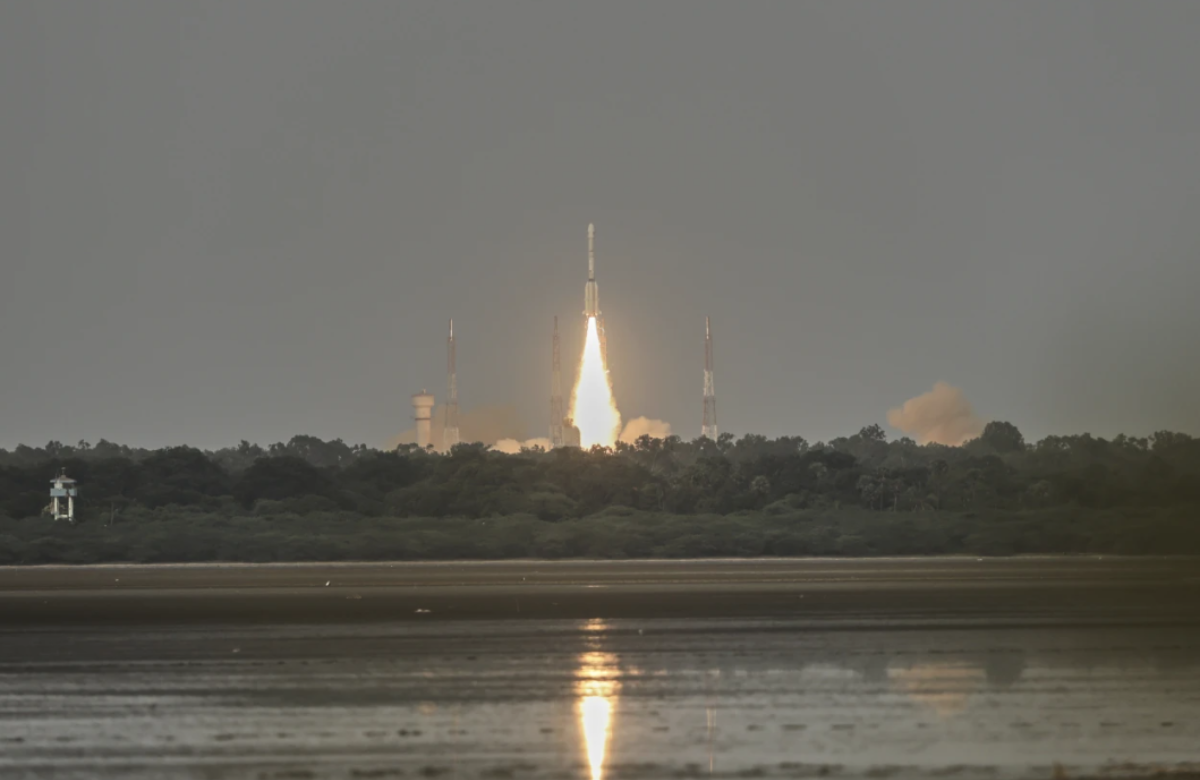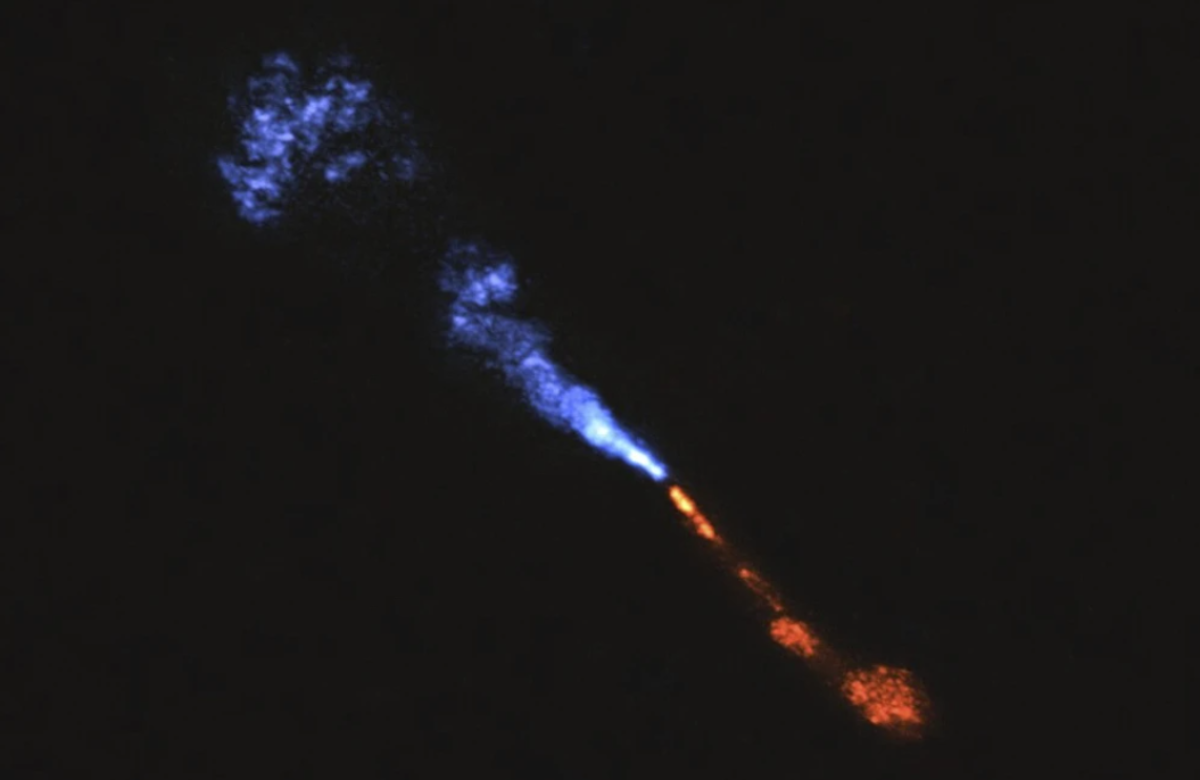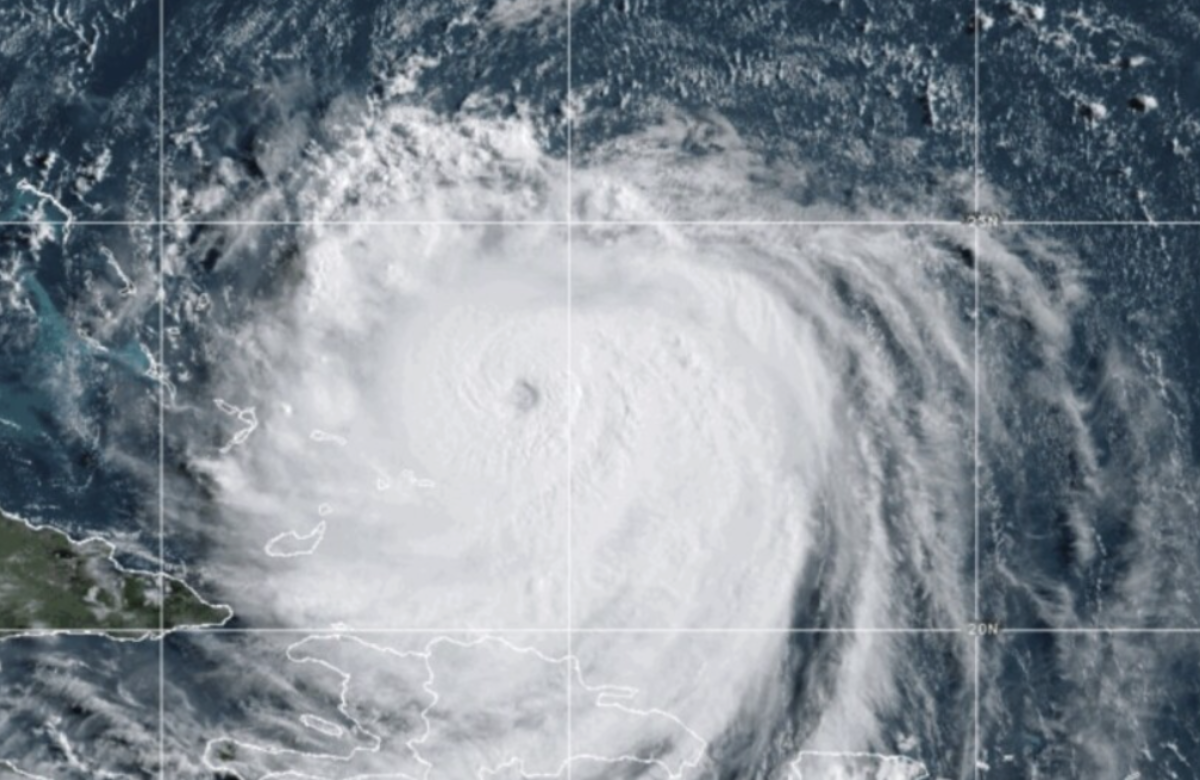A recent underwater expedition has uncovered thriving communities of marine creatures living in the deepest parts of the ocean, reshaping what scientists thought was possible in such extreme environments.
The team explored the Kuril–Kamchatka and Aleutian trenches in the northwest Pacific Ocean, reaching depths of over 31,000 feet (9.5 kilometers). Using a deep-sea submersible, researchers discovered tubeworms and mollusks surviving in conditions of crushing pressure, extreme darkness, and limited food — conditions that make life incredibly challenging.
While scientists have long known that microbes can exist in such depths, direct evidence of larger lifeforms had been scarce. This new discovery confirms previous hints and reveals that entire ecosystems of larger organisms exist at these extreme depths.
Julie Huber, a deep-sea microbiologist at Woods Hole Oceanographic Institution who was not involved in the expedition, said the discovery is remarkable: “Look how many there are, look how deep they are. They don’t all look the same and they’re in a place that we haven’t had good access to before.”
The findings were published Wednesday in the journal Nature.
Without sunlight, most deep-sea organisms rely on nutrients like carbon that fall from upper ocean layers. However, scientists believe the newly discovered organisms may depend on a different survival method. Microbes in the trenches appear to be using carbon that has built up over long periods, transforming it into energy-rich chemicals that seep through the seafloor. Larger animals, such as the tubeworms and mollusks, might feed on these microbes or share a symbiotic relationship with them.
According to study co-authors Mengran Du from the Chinese Academy of Sciences and Vladimir Mordukhovich from the Russian Academy of Sciences, the research opens the door to exploring how life can persist in one of the harshest environments on Earth. Future studies will investigate the adaptations that allow these organisms to survive such extreme pressure and how they convert chemical energy into food.
The researchers say the discovery challenges long-held beliefs about the limits of life on Earth and offers new insights into ecosystems hidden in the planet’s most remote corners.
Also Read:
Astronomers observe planet formation around a young sun-like star beyond our solar system
India and NASA Launch Radar Satellite to Monitor Tiny Shifts in Earth’s Land and Ice
